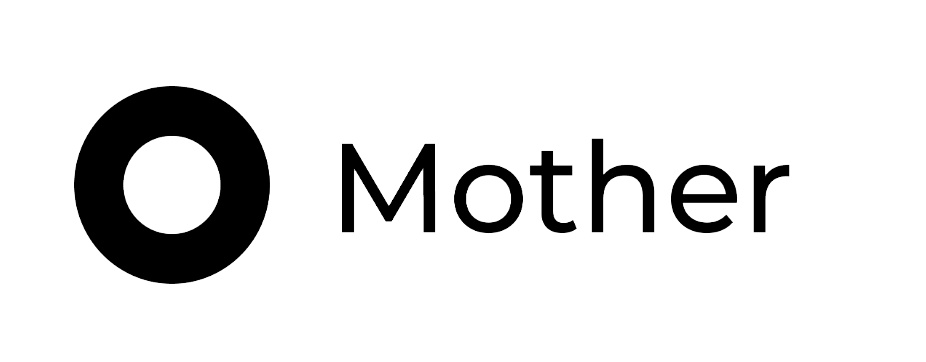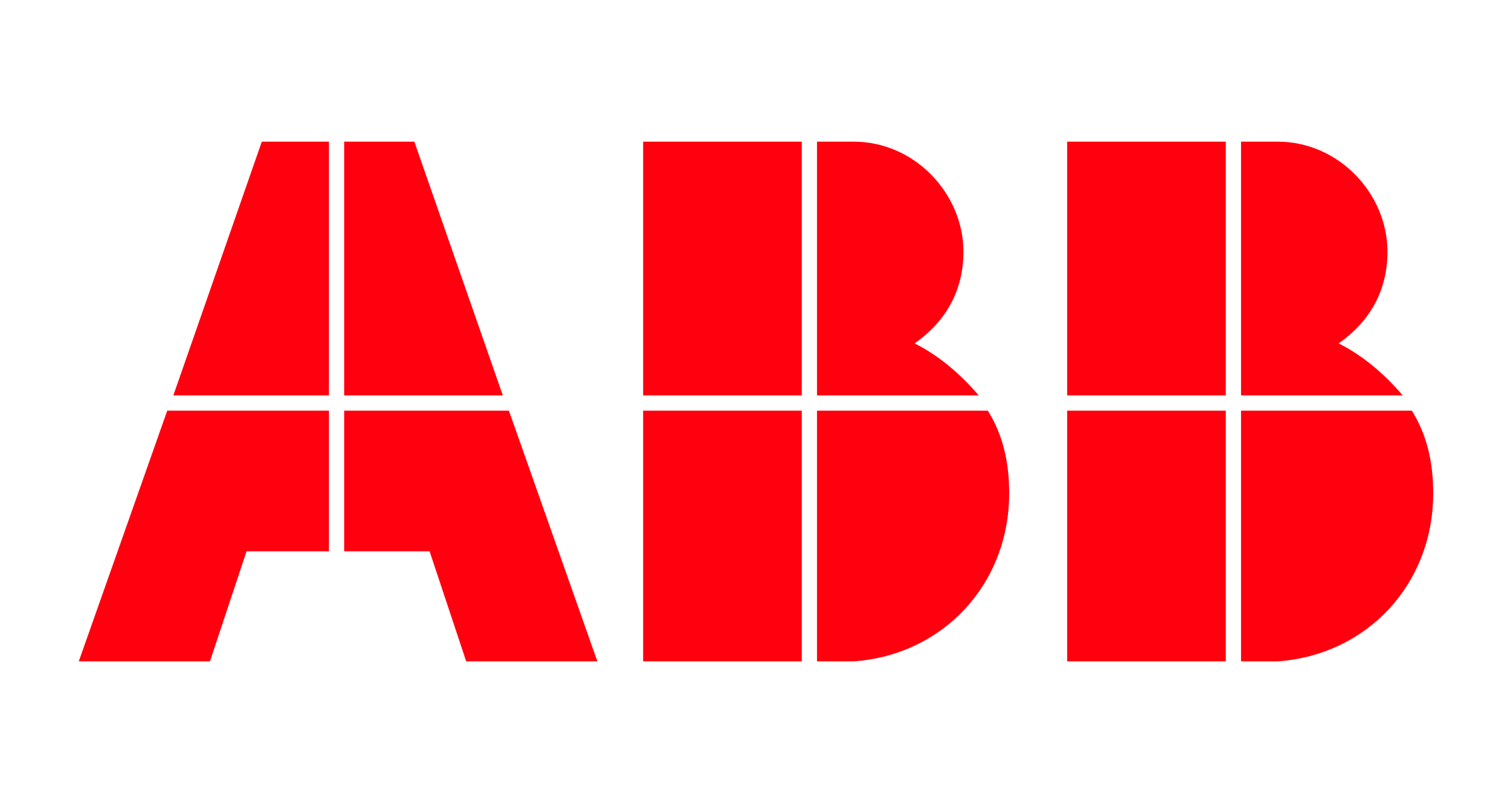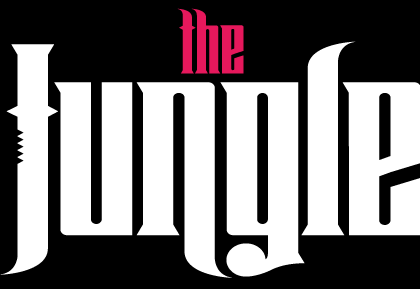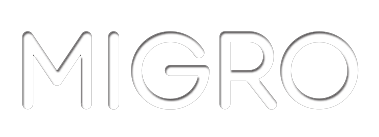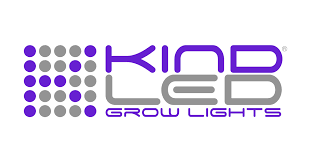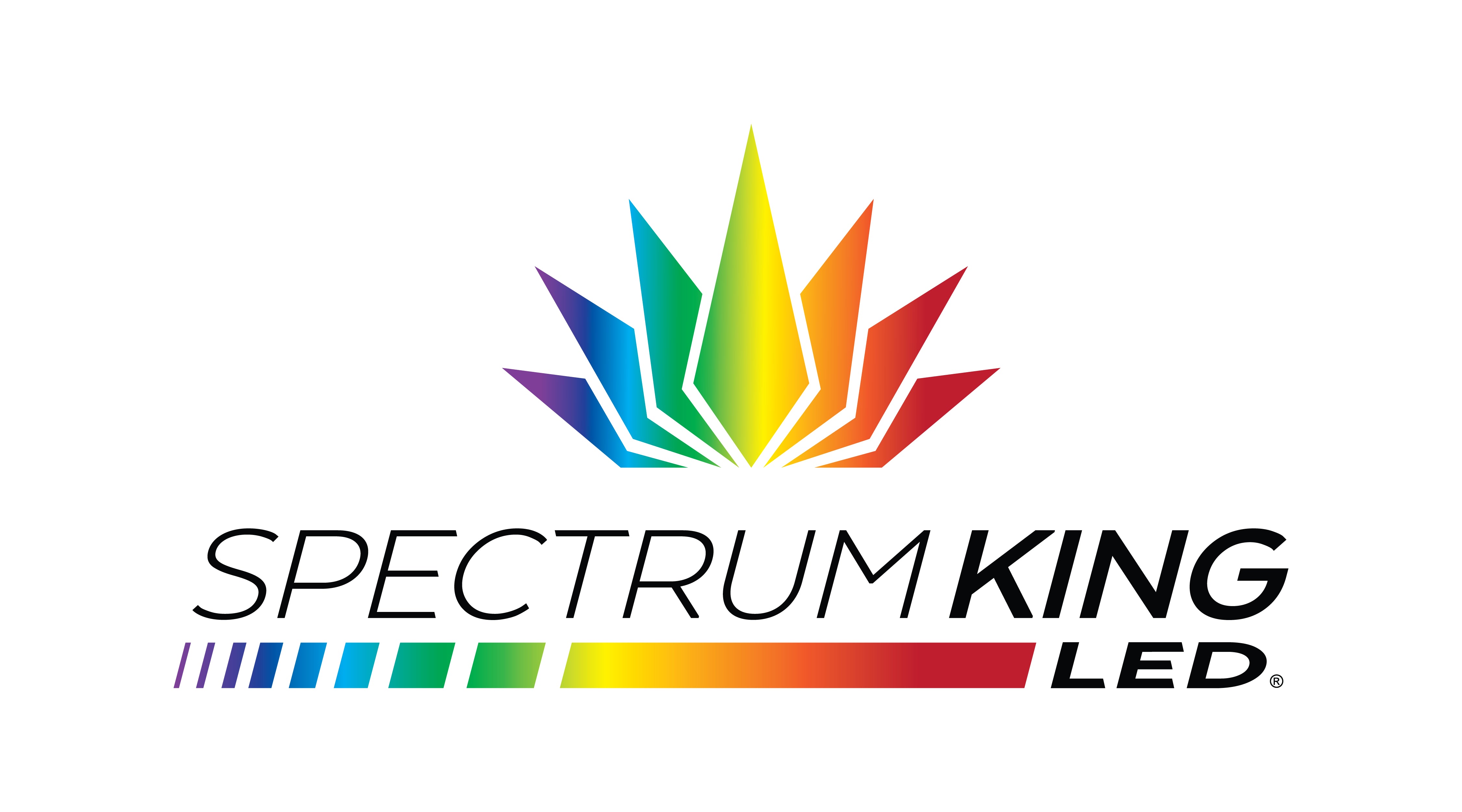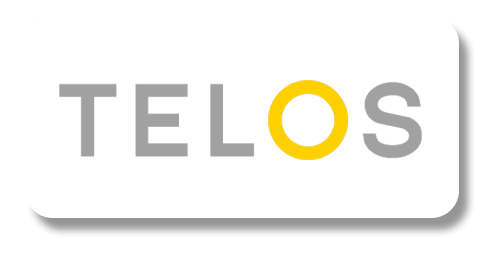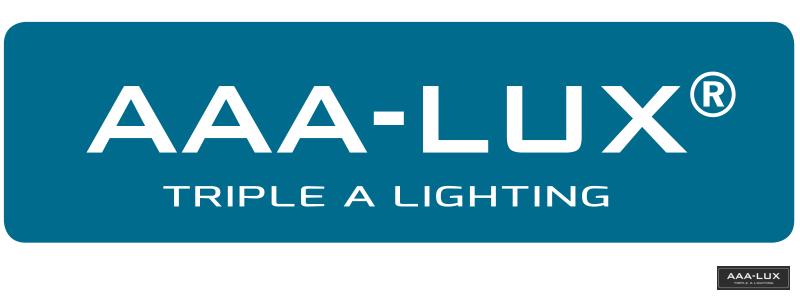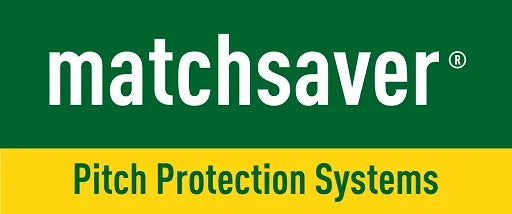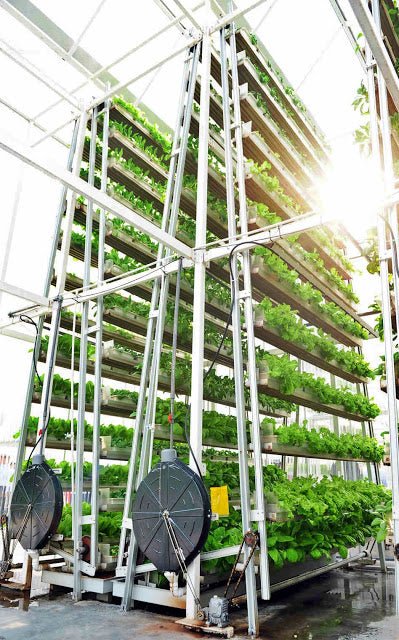
LED lighting in the greenhouse
LED in agriculture and horticulture
In agriculture and horticulture it is increasingly common to use LED lighting. We 'explain' a number of reasons in this article.
Slightly efficiency
The most important thing is that a plant responds well to the light it receives. By responding, the extent to which the process of photosynthesis is activated. Under the sodium lamps that are widely used so far, excellent photosynthesis takes place. Unfortunately, these lamps use enormous amounts of energy, which makes sodium lamps very inefficient. LED growth bulbs, on the other hand, provide a lot of usable light for the plants with relatively low energy consumption. With LED, only the light is given, which is actually absorbed by the plant. Red light (in the light spectrum of 600 nanometer to about 680 nanometers) together with blue light ensures that the plant or flour will bloom. It is a direct stimulus of the photons needed for the flowering of the crop. To grow fruit and vegetables, this means a larger yield with the use of only 50% of the energy. This combination makes LED lighting for greenhouse complexes attractive.

Less heat
Well, a much -discussed subject, but no less important. LED lighting reaches peak temperatures of max. 26 to 27 ° C opposite the more than 300 ° C that use the current sodium lamps. As perhaps the owner of a greenhouse you know that cooling must be done in greenhouse horticulture. In some cases the 'residual heat' is reused after drain, but usually the heat is a waste product that is considered lost in the breeding process. You can compare that with turning the thermostat while you open the windows. So it's a shame! Excess heat also ensures that a crop starts consuming more water and food. In summary, we can say that if you produce less heat there is also less waste. All easy to create with an LED greenhouse. Less heat also causes a reduced chance of fire.
Healthier crops?
There have been a number of studies from TU Delft, among others, which shows that LED growth lighting ensures better growth and flowering. In tomatoes, for example, more vitamin C was found after a test breeding with LED than with a culture with conventional lighting. The white light and UV light in some LED lamps also ensure that fungi are less likely to occur in the crops. Will this development also make our food healthier? That has not yet been demonstrated immediately, but we think it will not take long before this will happen. After all, LED lighting for garden and greenhouse construction is still in its infancy and the possibilities are endless.
Want to know more about growing with LED lighting?
That's possible! Feel free to contact us and ask for information and advice.
- If you choose a selection, the page will be completely renewed.
Menu
Information
Blogs
- The best LED grow lights from 2023 according to the customers of the LEDenhuishuis
- Spectrum of Spectrolight Featured
- Apollo LED breeding lamp; Real or fake?
- The Future of Growing: Vertical Farming
- How does my plant work?
- Successful flowering results with LED growth lighting
- Grow; That is possible all year round!
Contact
Address office:
The LED department store B.V.
Westplein 12
3016 BM Rotterdam
TELEPHONE: +31 (0)10 304 6015
Opening hours:
Monday to Friday from 10:00 to 18:00
E-MAIL: info@hetledwarenhuis.nl
Address collection/ warehouse:
3264 TJ Nieuw-Beijerland
Only by appointment
!





